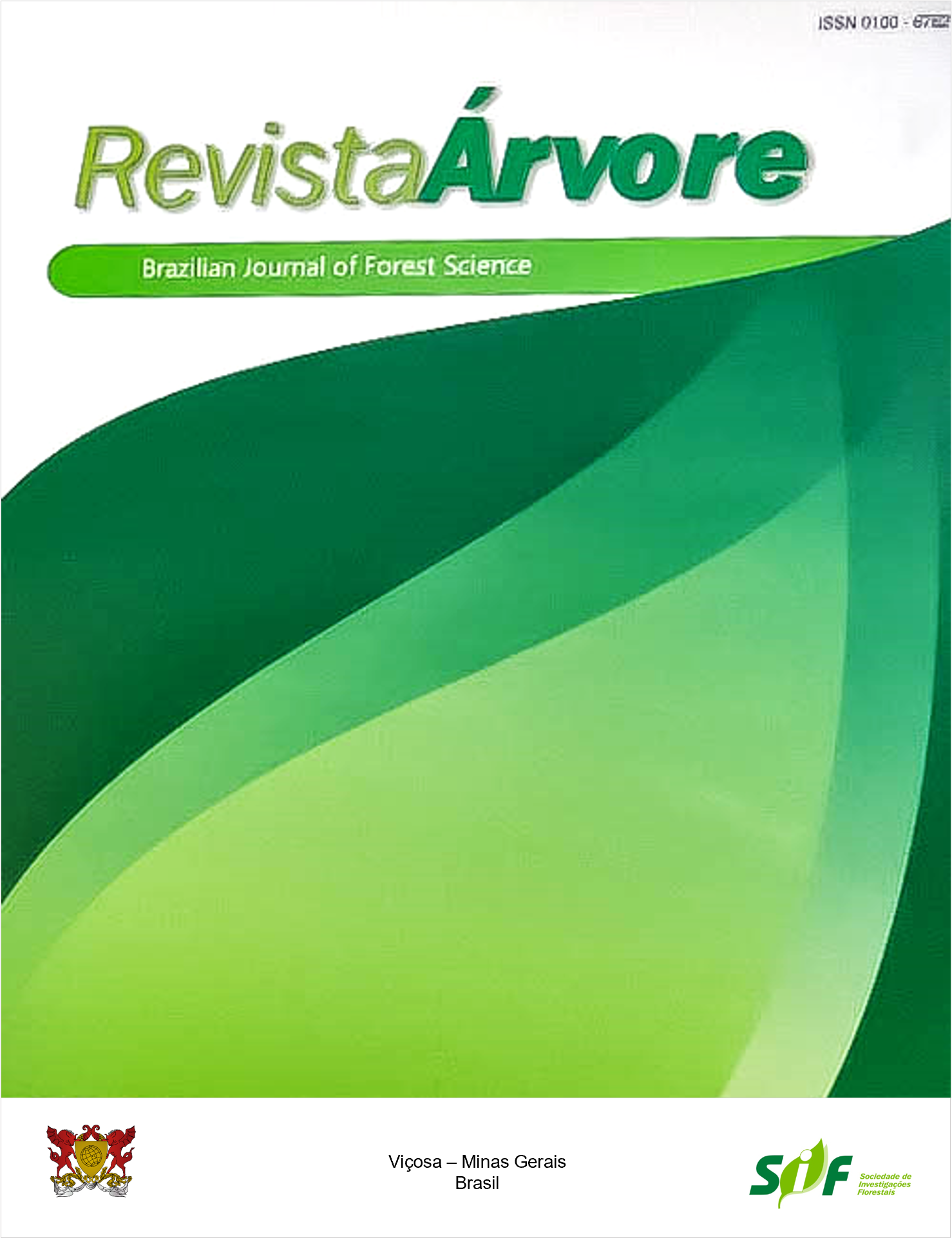STRUCTURE AND BIOMASS ANALYSIS OF URBAN VEGETATION IN SQUARES OF SANTA CECÍLIA DISTRICT, SÃO PAULO, SP
Keywords:
Carbon Cycling, Allometry, Green InfrastructureAbstract
Urban trees play an important role in urban planning and are directly linked to urban spaces that promote ecosystem services such as biodiversity conservation and carbon stock. A useful methodology to quantify the above-ground (ABG) biomass, and consequently, the carbon stocks, in this green infrastructure is the allometric models made for tropical areas. This work aimed to evaluate the carbon stock in public squares within the central region of São Paulo city, thus contributing to the comprehension of São Paulo’s green infrastructure. To test the models, tree density and ABG biomass of approximately 7 ha of urban green areas in the center of São Paulo city were evaluated. The activities involved measuring the diameter at breast height (DBH) of the trees and the total height of all individuals with a DBH greater than 5 cm. The results showed that the public squares varied in size and number of trees. The average height of trees also varied along the squares, probably influencing the ABG biomass allocation. Also, the results showed that there was a considerable variation between the ABG biomass estimated along the models. Some squares stood out in absolute terms of ABG biomass accumulation. The size of the green area correlated only with the total number of individuals found (R2=0.44). The total ABG biomass, tree density, and ABG biomass density did not present a significant relationship with the size of the squares. This work demonstrates, for the first time, the attributes of tree communities in public squares of- São Paulo city and provides technical information for the management of public policies related to the protection and maintenance of urban green areas.
Keywords: Carbon Cycling; Allometry; Green Infrastructure
Downloads
Published
How to Cite
Issue
Section
License
Copyright (c) 2021 Revista Árvore

This work is licensed under a Creative Commons Attribution 4.0 International License.
All authors agreed to submit the work to Revista Árvore and granted the exclusive license to publish the article. The authors affirm that it is an original work and has not been previously published elsewhere. The scientific content and opinions expressed in the article are the sole responsibility of the authors and reflect their opinions, not necessarily representing the opinions of the editorial board of Revista Árvore or of the Society of Forest Investigations (SIF).




